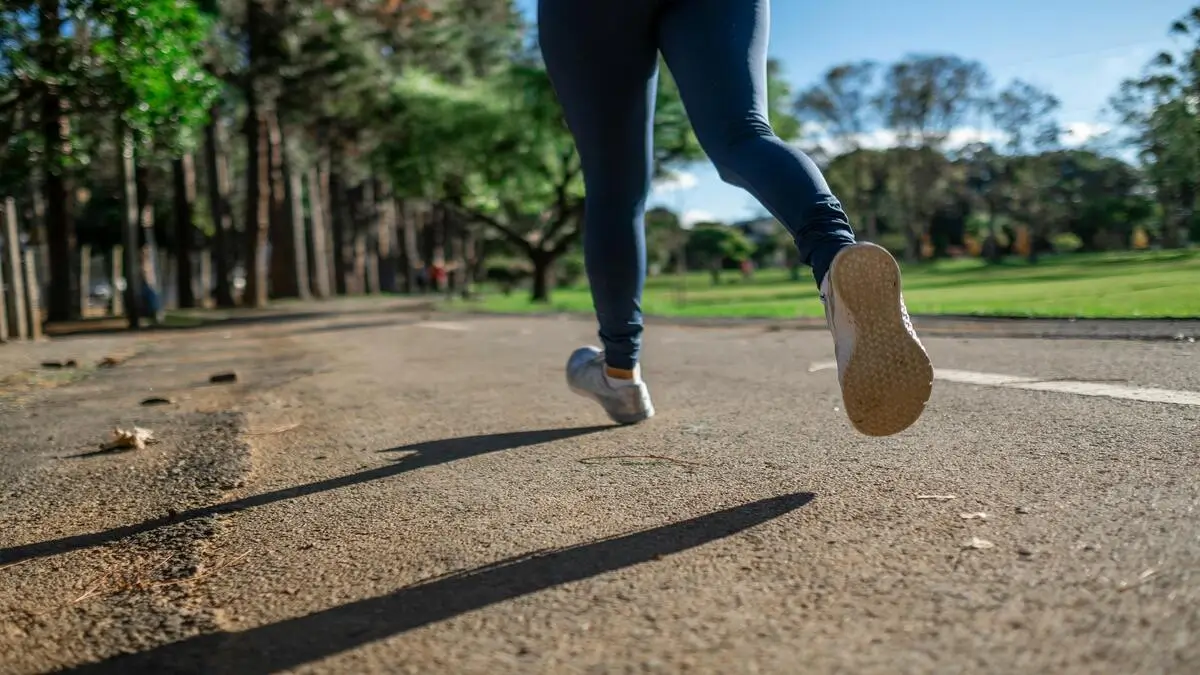A well-run stride may have a big effect on speed, endurance, and injury avoidance. Stride techniques include posture, cadence, foot strike, and hip extension, among other aspects, hence beyond mere foot in front of the other. Running becomes more effective when every element is taken care of and maximized, therefore lowering the chance of injuries and raising general performance. Through bettering the stride, a runner may minimize the undue pressure on muscles and joints, therefore enabling a smoother, more forceful action that best uses available energy.
Learning Hip Extension to Driven Forward Effortlessly
Propelling a runner ahead depends critically on proper hip extension, which also helps to maximize leg efficiency and reduce the energy required to maintain pace. Full hip extension during a running stride lets the glutes provide the required force to push off the ground and advance the body. Many times, inadequate hip extension causes overuse of the hamstrings and quadriceps, which causes muscle tiredness and a higher risk of injury. Emphasizing hip flexor mobility will help to increase hip extension. Tight hip flexors may limit mobility, therefore limiting complete extension and producing compensatory movement patterns that affect other muscle groups. Hip flexor stretches, dynamic lunges, and hip bridges—specific mobility exercises—can greatly enhance hip area flexibility and mobility.
Improving Foot Strike for Alignment and Reduced Impact
Joint alignment and impact forces depend much on the way the foot strikes the ground while running. Runners who often hit with the heel first may feel more impact forces passed to the knee and lower back, therefore raising their likelihood of injury. Conversely, a midfoot or forefoot strike lets the muscles and tendons in the feet and lower legs more efficiently absorb the force, therefore lowering joint strain and encouraging a more fluid forward motion. Moving to a more ideal foot strike means progressively retraining the body to embrace this new movement pattern. To prevent overuse injuries, however, slow modifications and appropriate mobility exercises are essential, as making this adjustment too fast might strain the calves and Achilles tendons.
Improving Cadence to Maximum Efficiency and Reduce Joint Stress
One good approach to increase stride efficiency and lower the risk of injury is via running cadence—that is, the number of steps completed in a minute. Shorter, faster steps that lower ground contact time by a greater cadence help to ease the change from one foot to the other. This helps to minimize the braking forces generated with every stride, therefore greatly relieving tension on the hips and knees. Most runners find the perfect cadence to lie between 170 and 180 steps per minute. Practicing jogging at a somewhat faster than normal and using a metronome or cadence-oriented software can help you to increase cadence by keeping consistency.
Keeping Range of Motion and Flexibility Using Mobility Training
Maximizing running stride and minimizing injuries depend on keeping flexibility and suppleness. For everyday mobility routines catered to certain requirements, including hip flexibility, ankle mobility, and thoracic spine rotation, a mobility app can be a great tool. This software makes it simple to target problem areas that can compromise appropriate running form by offering a unique mobility test that analyzes a range of motion and tailored routines. Beyond just static stretching, mobility training consists of dynamic activities that both improve flexibility and prepare the body for motion. By using joint mobility-oriented routines, including controlled articular rotations (CARs), one may aid in preserving joint health and enhance muscular activation patterns.
Building Core Muscles to Ground the Whole-Body During Running
A strong core guarantees correct alignment and effective energy transmission throughout every step, therefore giving the body stability. The core covers the whole trunk, including the lower back, glutes, and pelvic muscles, not just the abdominals. All of these are vital for good running; these muscle groups collectively stabilize the torso, minimize unnecessary lateral movement, and preserve a neutral spine posture. Improving stride mechanics requires frequent training sessions, including core-strengthening activities. Planks, Russian twists, and bird dogs work the deep stabilizing muscles, therefore improving general balance and control.
Conclusion
A complex process, improving running stride mechanics requires maximizing several elements, including hip extension, foot strike, cadence, mobility, and core strength. Dealing with these elements results in a more effective stride, which improves runner performance and lowers injury risk. Combining customized mobility exercises with particular strength training not only improves movement patterns but also extends general health and lifetime in the activity. Any runner may improve their stride by means of devotion and a deliberate strategy, therefore enhancing their performance to hitherto unheard-of levels.


